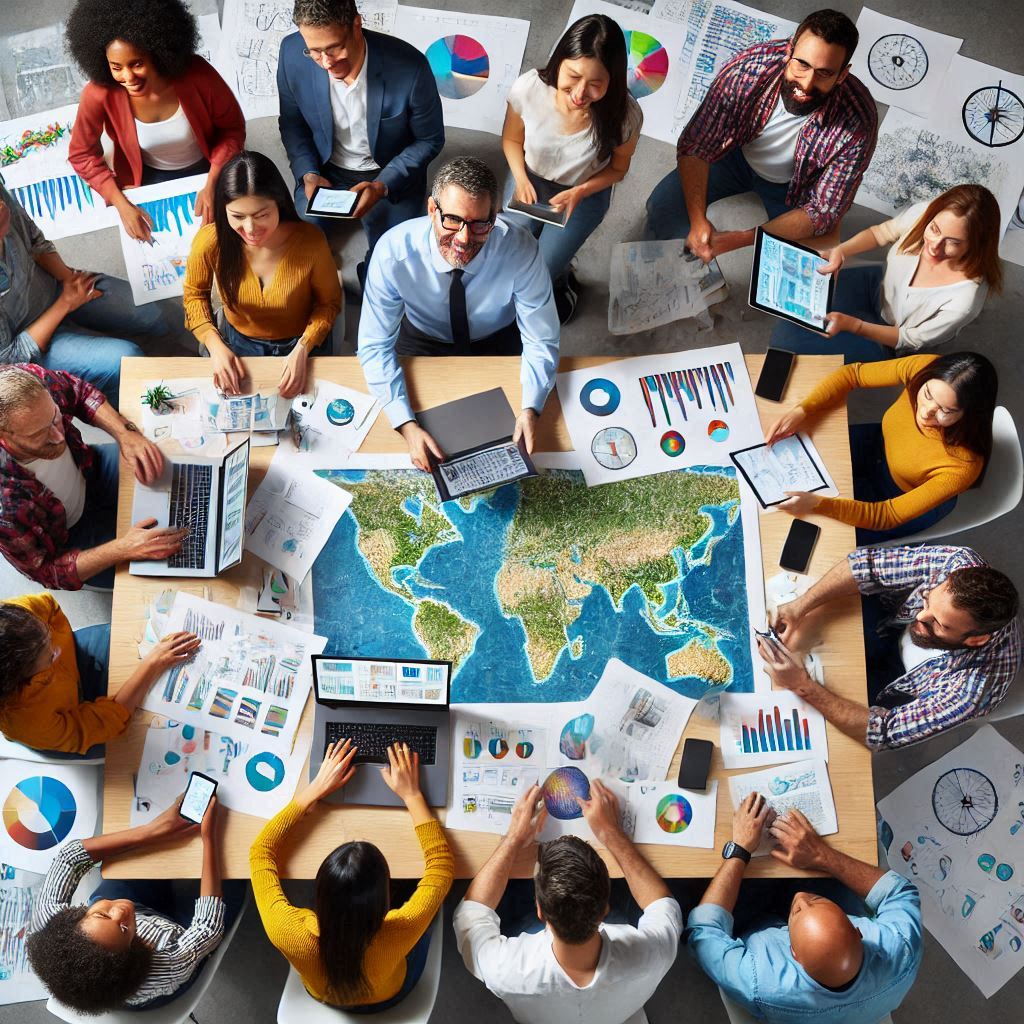Geospatial research has revolutionized how we understand and interact with the world. From mapping urban landscapes to monitoring environmental changes, its applications are endless. But what ensures the seamless integration of vast datasets and technologies across platforms? The answer lies in standards. These guidelines act as the glue holding the geospatial community together, bridging gaps in communication, usability, and data sharing.
Harnessing Geospatial Big Data: A New Era of Insight

What is Geospatial Research?
Definition and Scope
Geospatial research focuses on the analysis and interpretation of geographic data. It blends geography, data science, and technology to solve real-world problems.
Key Applications
- Urban planning
- Disaster management
- Environmental conservation
- Navigation and logistics
Geographic Information Science (GI Science)
Challenges in Geospatial Research
Data Fragmentation
The sheer volume of geospatial data often exists in isolated silos, making collaboration a hurdle.
Lack of Interoperability
Different systems and formats can’t always “talk” to each other effectively.
Complex Data Formats
Handling diverse file types like GeoTIFF or Shapefiles can be daunting without standardization.
Importance of Standards in Geospatial Research
Promoting Uniformity
Standards ensure that data and processes are consistent across the board.
Ensuring Interoperability
They enable diverse systems to communicate seamlessly, ensuring efficiency.
Facilitating Data Sharing
Uniform standards make it easier for organizations to share valuable geospatial insights.
Key Organizations Driving Geospatial Standards
OGC (Open Geospatial Consortium)
A global body focused on creating open standards to improve geospatial data usability.
ISO (International Organization for Standardization)
ISO sets international standards for multiple sectors, including geospatial technologies.
National Geographic Standards Organizations
Various countries have dedicated institutions ensuring local standards align with global benchmarks.
Commonly Used Geospatial Standards
WMS (Web Map Service)
Facilitates the sharing of georeferenced map images over the internet.
GeoJSON
A widely adopted format for encoding geographic data structures.
KML (Keyhole Markup Language)
Best known for its use in Google Earth, KML aids in the visualization of geospatial data.
The Role of Technology in Standardization
Cloud Computing
Cloud platforms enhance scalability and facilitate real-time geospatial data processing.
AI and Machine Learning
These tools simplify complex datasets, improving insights and decision-making.
Blockchain for Data Validation
Blockchain ensures data integrity and authenticity, crucial for reliable geospatial research.
Future prospects of Cartography and Spatial Data Infrastructure
Bridging the Gap with Standards
Collaborative Platforms
Initiatives like GeoNode encourage data-sharing partnerships.
Open-Source Contributions
Projects such as QGIS foster innovation by making tools accessible to everyone.
International Cooperation
Cross-border collaborations, like those seen in climate monitoring, underline the need for unified standards.
Case Studies: Successful Implementation of Standards
Disaster Management
Geospatial standards played a pivotal role in coordinating rescue efforts during natural disasters like hurricanes.
Urban Planning
Cities like Singapore leverage standards to optimize infrastructure planning.
Environmental Monitoring
Global standards ensure consistent tracking of deforestation and biodiversity loss.
Future of Geospatial Research with Standards
Emerging Trends
Advancements in IoT and real-time analytics are setting new benchmarks.
Global Standardization Efforts
Ongoing collaborations aim to create universally accepted geospatial protocols.
Wrap-Up
Standards are not just technical requirements; they are the foundation of progress in geospatial research. By embracing these guidelines, we can ensure a future where geospatial technologies serve humanity more effectively. The call for action is clear: join the movement toward global standardization for a better-connected world.
FAQs
- What are geospatial standards?
Guidelines ensuring consistency, interoperability, and usability in geospatial research and applications. - How do geospatial standards impact research?
They enhance collaboration, data sharing, and system compatibility, streamlining processes. - What is the role of OGC in standardization?
The OGC develops open standards to improve accessibility and usability of geospatial data. - Can open-source tools help in geospatial research?
Absolutely! Tools like QGIS and GeoServer democratize access to advanced geospatial tools. - What challenges still exist in geospatial standardization?
Fragmented adoption and rapid technological evolution remain key obstacles.

2 Replies to “Geospatial Research: Bridging the Gap with Standards”